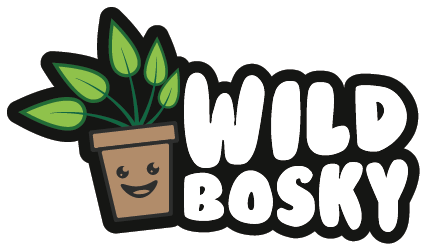
Nitrogen-Fixing Legends: The Unsung Heroes of WA’s Wild Soil
Let’s talk dirt. WA soils — especially in our coastal and inland regions — are not exactly what you’d call “nutrient-rich.” In fact, a lot of it is basically ancient beach sand that’s been sitting around for millions of years doing sweet bugger all in the fertility department. That’s where nature pulls out one of its party tricks. Enter: nitrogen-fixing native plants.
These plants are absolute legends. They don’t just survive in tough soils — they improve them. They don’t wait around hoping someone will feed them. They go out, strike a deal with microbes, and make their own bloody fertiliser.
So what’s going on?
Nitrogen is essential for plant growth. It helps build proteins, enzymes, chlorophyll — all the good stuff. But most of the nitrogen in the air (and there’s loads of it) is locked up in a form that plants can’t use. It’s like being in the middle of the ocean and dying of thirst. Nitrogen-fixing plants — like many wattles (Acacia), Kennedia, Hardenbergia, Daviesia, and Jacksonia — solve this with a brilliant underground alliance.
Their roots form these tiny nodules, and inside those nodules live special bacteria (usually Rhizobium or Bradyrhizobium). These microbes have one job: convert atmospheric nitrogen into a plant-usable form. It’s called nitrogen fixation, and it’s kind of miraculous.
In return, the plant feeds the microbes a steady diet of sugars produced through photosynthesis. It’s not a charity — it’s a trade deal. A deep, ancient partnership that’s been going on for millions of years. No contracts, no invoices. Just mutual benefit and trust.
What’s even more awesome is that these plants don’t keep the goodness to themselves. Over time, they enrich the soil. When leaves drop, roots die back, or plants decompose, they release nitrogen into the soil — and nearby plants reap the rewards. So when you see a little tough-as-nails wattle battling away in sandy ground, know that it’s also a soil builder, laying the foundation for a whole ecosystem.
Want to regenerate a patch of dead-looking land? Get some nitrogen-fixing natives in the mix. They stabilise the soil, boost fertility, and often host pollinators and other beneficial bugs. Some even double as fodder, shelter, or groundcover. They’re nature’s slow-release fertiliser, but with flowers.
At Wild Bosky, we get a bit giddy about this stuff. Because what might look like scrubby bush to some is actually a high-functioning underground economy — roots trading with microbes, improving the landscape one node at a time.
This is the kind of resilience we want to champion. Not just plants that grow — but plants that give back. If you’re planting for a better future — for your garden, your bush block, or the broader land — don’t forget these humble legends. They’re not flashy. But they’re clever. Tough. Generous. And totally badass.
Stick around long enough and you’ll see how they quietly turn even the crappiest dirt into something teeming with life. And that, to us, is pure wild magic.
Share
